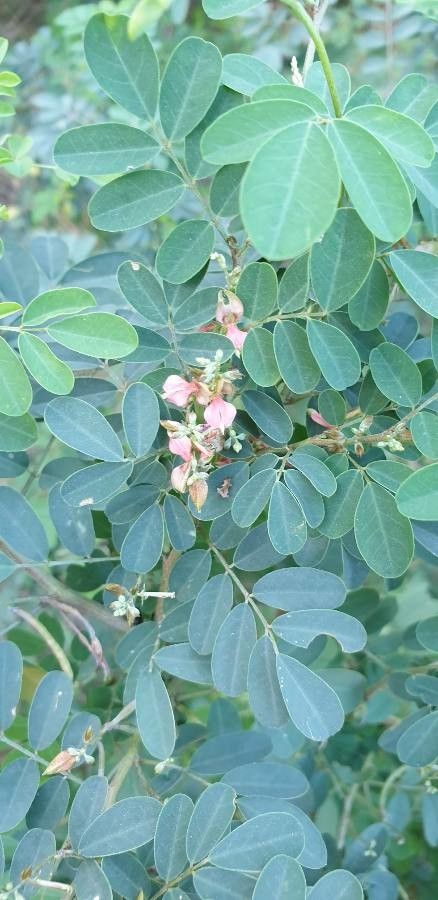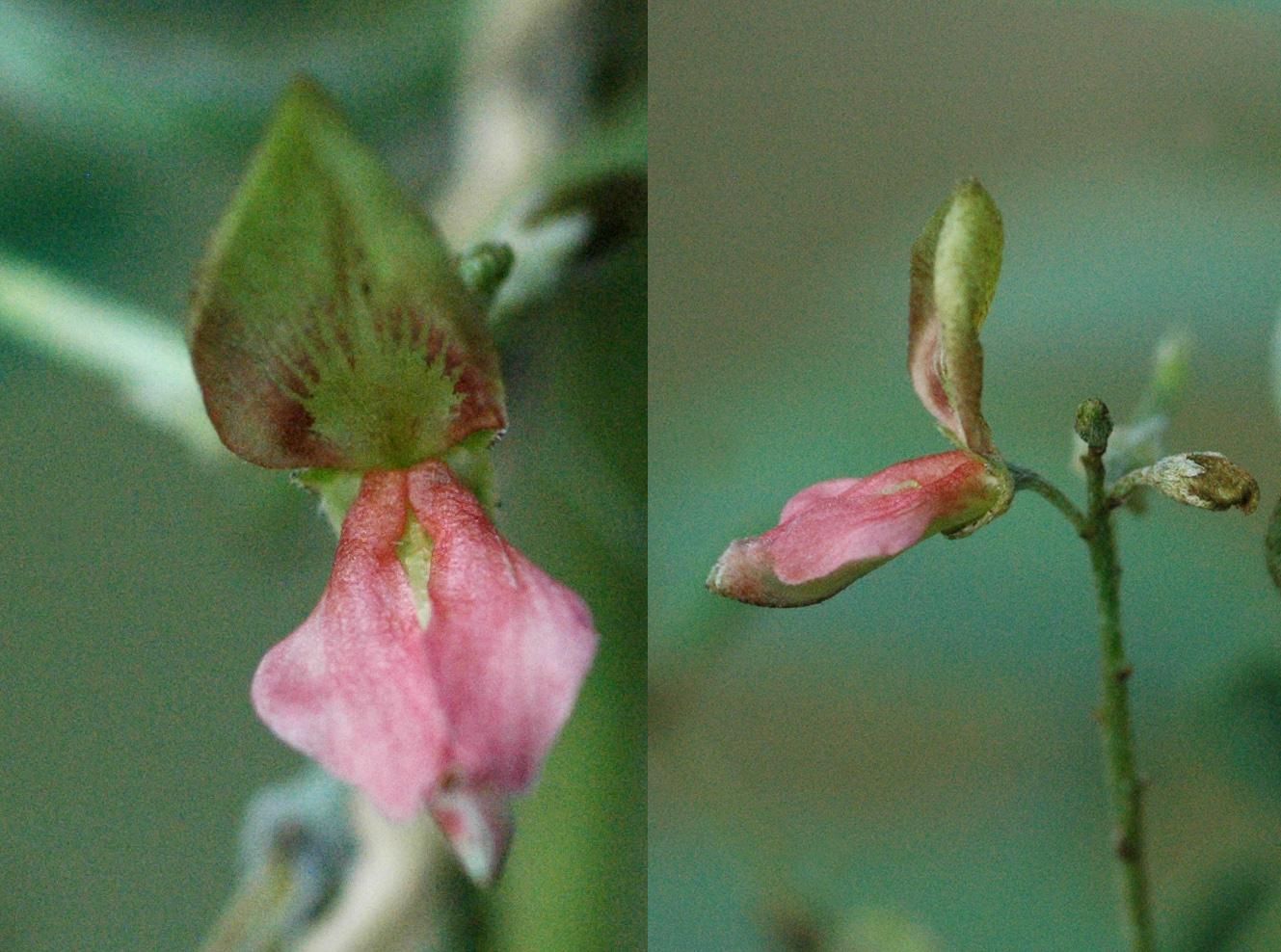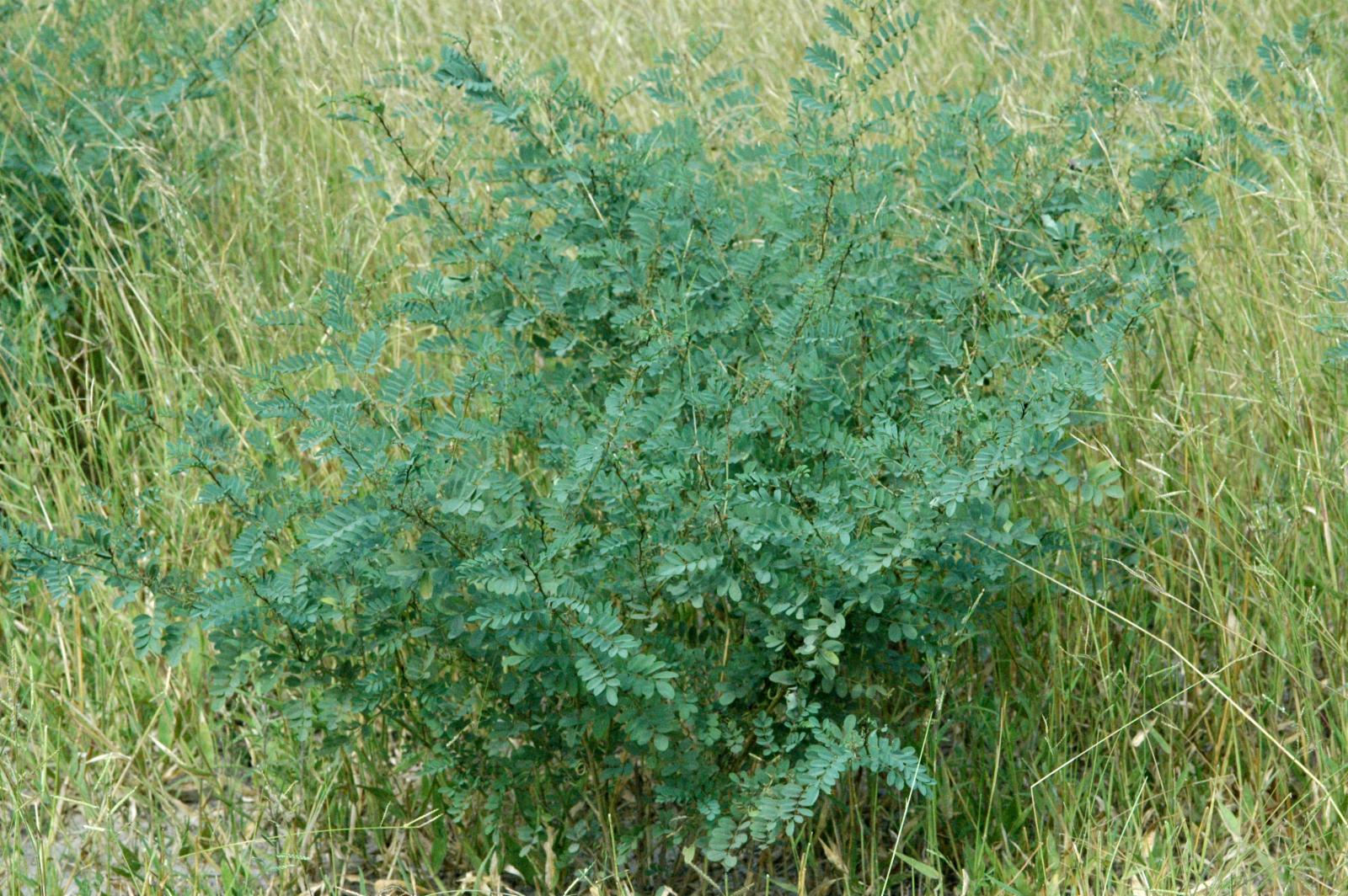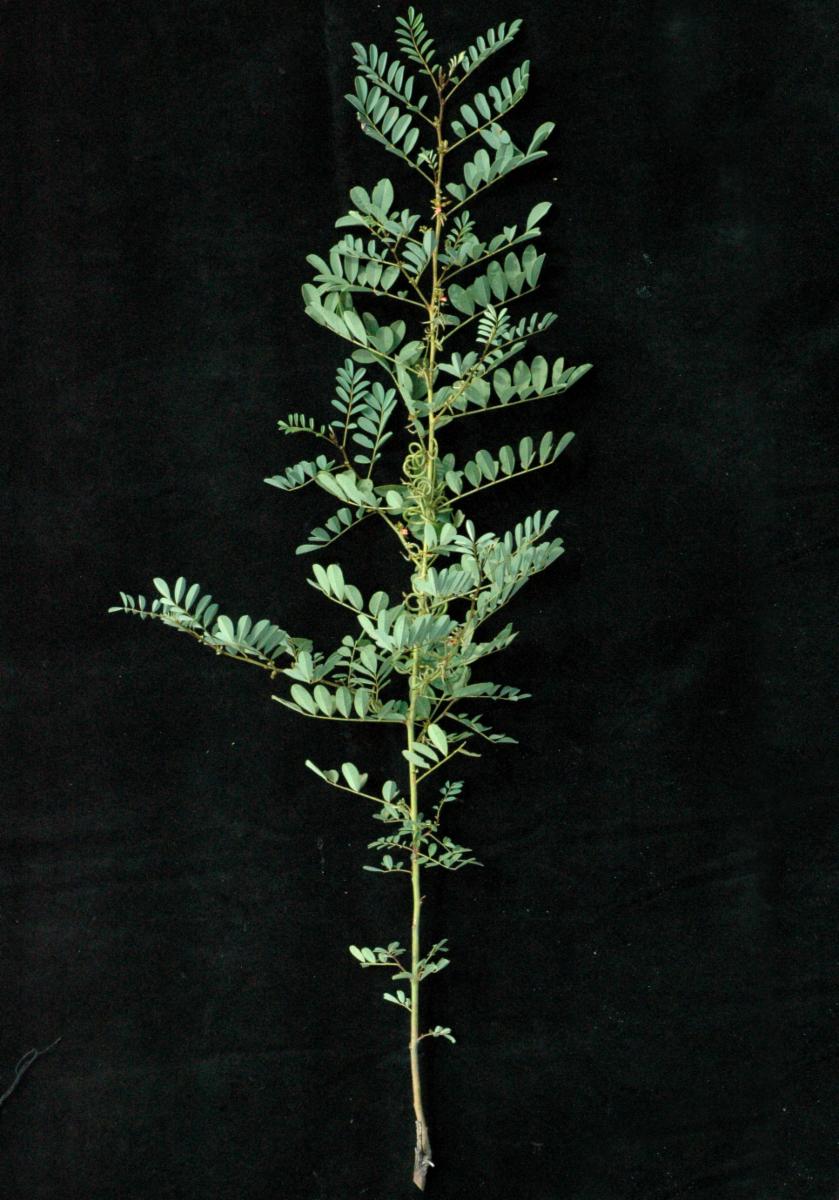True indigo
indigofera tinctoria
Also known as: ["True indigo","Indigo plant"]
Overview
A leguminous shrub historically cultivated for its blue dye, Indigofera tinctoria is valued for its deep blue pigments extracted from its leaves.
Benefits & Perks
["medicinal use","culinary herb","aesthetic foliage","wildlife attractant (bees, butterflies, birds)","drought tolerant"]
Botanical Classification
| Phylum: | Magnoliophyta |
| Class: | Magnoliopsida |
| Order: | Fabales |
| Family: | Fabaceae |
| Genus: | Indigofera |
| Botanical Name: | Indigofera tinctoria |
Plant Characteristics
Basic Information
- Category: Herbs & Weeds
- Suitable Location: outdoor garden bed in temperate to tropical regions
- Suitable For:
- Is Weed: No
- Allergenicity: low
Environmental Needs
- Climate: {"temperatureRange":"15–35°C"}
- Hardiness: {"zones":"9–11"}
- Misting: rarely required, only if ambient humidity is very low
- Drainage: Fast-draining to prevent waterlogging.
- Soil Type: Well-draining, loamy soil with added organic matter.
Maintenance Level
- Maintenance Level: moderate
- Toughness Level: moderate
- Pruning Frequency: Annually in late winter or early spring; light pruning can be done as needed.
- Pruning Intensity: Moderate; remove up to one-third of the plant if overgrown.
Care Details
Ideal Sunlight Coverage:
Full sun (6–8 hours/day); tolerates partial shade in intense heat.
Sunlight Tolerance Tips:
Acclimate gradually to full sun; protect from harsh midday sun; adjust placement based on seasonal light intensity.
Care Requirements
Care Difficulty
moderatemoderate
Sunlight
full sun to partial shade
Rotate plant for even growth; use sheer curtains in extreme heat; avoid direct sun indoors.
Watering
every 7–10 days during active growth, reduce in winter
Water thoroughly but infrequently; ensure good drainage; avoid wetting foliage.
Soil
well-draining, loamy soil with moderate organic content
pH: Slightly acidic to neutral (pH 6.0–7.0).
Ensure pots have drainage holes; avoid heavy clay soils; amend with organic matter for texture.
Temperature
Prefers warm conditions (65–85°F/18–29°C); sensitive to frost.
Protect from frost; shield from intense heat; maintain consistent warmth during active growth.
Fertilizing
every 4–6 weeks during growing season with balanced liquid fertilizer
Apply fertilizer after watering; flush soil occasionally to prevent salt buildup; reduce feeding in dormancy.
Propagation
Methods
Stem cuttings or seed; stem cuttings are more reliable for home growers.
Step-by-Step Propagation Guide
- Take 4–6 inch cuttings, remove lower leaves, apply rooting hormone, plant in medium, maintain humidity, provide warmth.
Best Time: Spring or early summer when the plant is actively growing.
Environment
Warm (70–75°F/21–24°C), high humidity (70–80%), bright indirect light.
Medium
Well-draining mix of perlite and peat moss or cactus mix.
Hormone
Rooting hormone is recommended to improve success rates.
Timeline
Roots develop in 3–6 weeks; new growth appears in 2–4 months.
Tools Needed
Pruning shears, rooting hormone, small pots, humidity dome, misting spray bottle.
Quick Tips
Use healthy, non-flowering stems; maintain consistent moisture; provide bottom heat if possible.
Pruning & Repotting
Pruning Guide
Method
Selective thinning of branches; heading back to encourage branching.
Pruning Plan
Shape the plant, encourage bushier growth, and remove dead or weak stems.
Tools
Pruning shears, sterilizing solution, gloves.
Checklist
Sterilize tools, prune dead/damaged stems, shape plant, clean up debris
Repotting Guide
Best Season
Spring, before the active growing season begins.
Pot Size
Increase pot size by 2–3 inches in diameter; ensure good drainage.
Method
Remove plant gently, trim roots if necessary, place in new pot with fresh soil, water lightly.
Suggestions
Repot every 2–3 years or when roots fill the pot; beneficial for growth and soil refresh.
Checklist
Check root bound status, prepare new pot, trim roots, add fresh soil, water lightly
Advanced Care Tips
Watering Mastery
Watering Checklist
Check soil moisture, water deeply, ensure drainage, avoid foliage wetting
How to Apply Water Properly
Water at the base of the plant, ensuring moisture reaches the root zone; allow excess water to drain away; water early in the day to minimize evaporation.
Watering Schedule Tips
Water deeply once the top inch of soil feels dry; reduce frequency in winter to prevent root rot.
Soil Improvement
Add perlite or coarse sand for drainage; incorporate compost for fertility.
Temperature Stress Management
Signs of Temperature Issues
Chlorosis, leaf drop, stunted growth, or bud abortion in extreme conditions.
Cold Stress
Growth halts, leaves may wilt or turn yellow; prolonged cold can cause dieback.
Solution: Move to a warmer location; provide frost protection; reduce watering in cool conditions.
Hot Stress
Wilting, leaf scorch, or reduced flowering due to excessive heat.
Solution: Provide afternoon shade; increase humidity; water more frequently but avoid waterlogging.
Fertilizing Guide
Fertilizing Checklist
Check season, dilute fertilizer, apply to soil, avoid foliage contact
Fertilizing Method
Use balanced liquid fertilizer diluted to half strength every 4–6 weeks during growing season; avoid fertilizing in winter.
Common Problems & Solutions
Toxicity Warning
Cats
ToxicCats are highly sensitive to the quinolizidine alkaloids present in Indigofera tinctoria. Ingestion can result in severe neurological and gastrointestinal toxicity, potentially leading to fatal outcomes if untreated.
⚠️ Symptoms:
🌿 Toxic Parts:
⚡ Toxic If:
if eaten
Dogs
ToxicThe quinolizidine alkaloids in Indigofera tinctoria are particularly harmful to dogs, causing significant neurological and gastrointestinal disturbances. Prolonged exposure or ingestion can lead to severe health complications.
⚠️ Symptoms:
🌿 Toxic Parts:
⚡ Toxic If:
if eaten
Humans
Slightly ToxicIndigofera tinctoria contains quinolizidine alkaloids that can cause mild to moderate toxicity when ingested in significant amounts. The alkaloids interfere with the nervous system and can lead to gastrointestinal distress and other systemic effects.
⚠️ Symptoms:
🌿 Toxic Parts:
⚡ Toxic If:
if eaten in large quantities
Frequently Asked Questions
Q: Is Indigofera tinctoria toxic to pets?
A: It is mildly toxic to dogs and cats if ingested in significant quantities.
Q: How is indigo dye extracted from this plant?
A: The leaves are fermented and processed to release the blue pigment, which is then precipitated and collected.
Q: Does Indigofera tinctoria require much water?
A: It is drought-tolerant and prefers well-drained soil, making it suitable for arid conditions.
Quick Reference
| Family: | Fabaceae |
| Care: | moderate |
| Light: | full sun to partial shade |
| Water: | every 7–10 days during activ |
Get Expert Care Tips
Download the Plantious app for personalized care reminders and plant identification!
Google Play App Store








